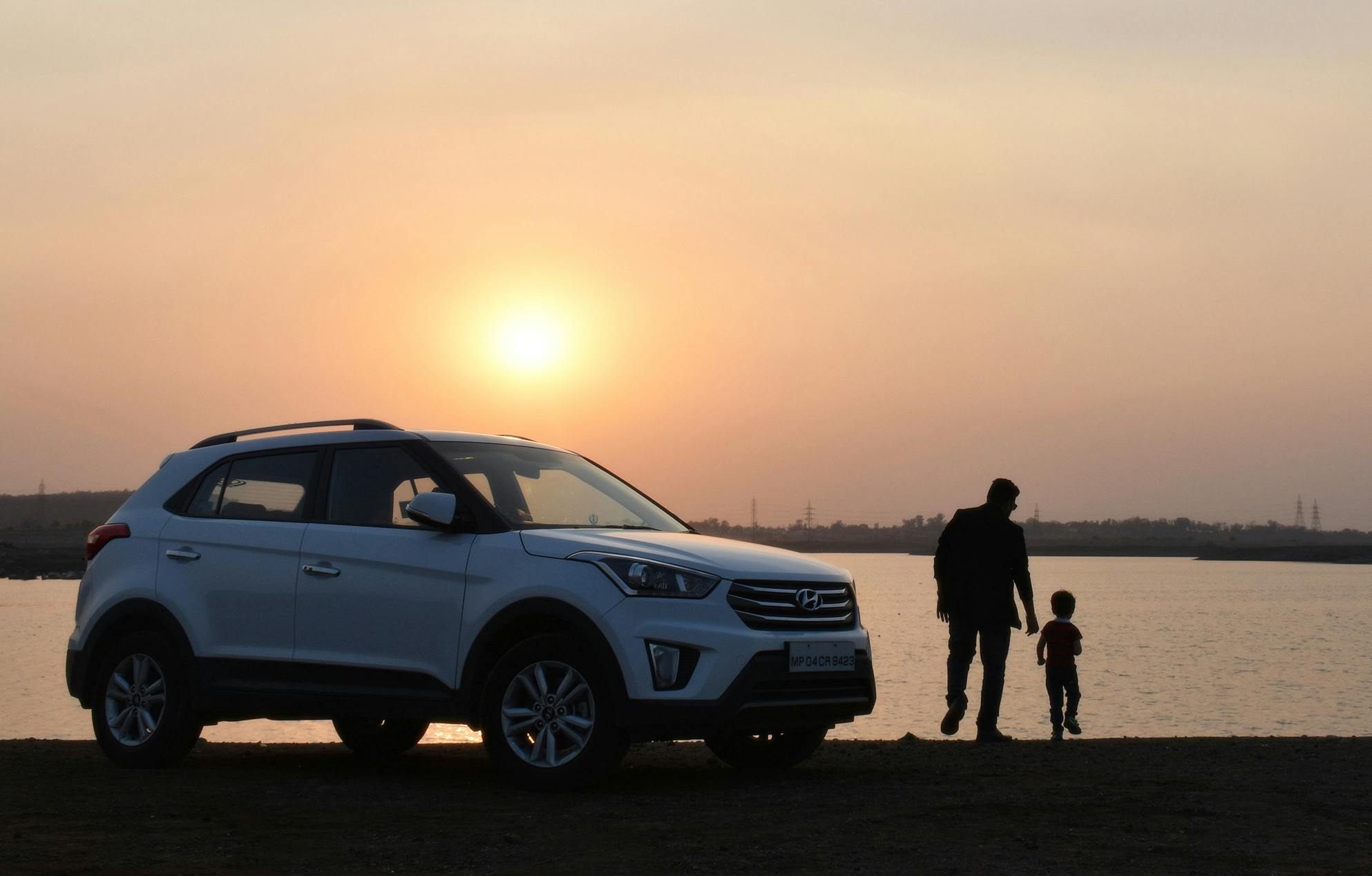Insurance Essentials: Basics of Car Insurance for First-Time Buyers

Navigating the world of car insurance can be daunting for first-time buyers. With a myriad of coverage options and factors influencing premiums, it’s essential to understand the basics to make informed decisions. This guide will walk you through the types of car insurance coverage available and the factors that can affect your premiums, equipping you with the knowledge needed to select the right policy.
Understanding Car Insurance Coverage Types
Before diving into the specifics of coverage types, it's important to know that car insurance is designed to provide financial protection against physical damage or bodily injury resulting from traffic collisions and against liability that could also arise from incidents in a vehicle. Here are the most common types of coverage:
Liability Insurance
Liability insurance is mandatory in most places and covers damages to another person’s property or injuries to other people in an accident where you are at fault. It is usually split into two components: Bodily Injury Liability and Property Damage Liability. Bodily Injury Liability covers medical expenses, lost wages, and legal fees if you're responsible for injuring someone in an accident. Property Damage Liability pays for damage you cause to another person’s property, such as their car or a fence.
Collision Coverage
Collision coverage pays for damages to your vehicle resulting from a collision with another car or object, regardless of who is at fault. This type of insurance is particularly useful if you’re leasing or financing your car, as lenders often require it.
Comprehensive Coverage
Comprehensive insurance covers non-collision-related incidents such as theft, vandalism, natural disasters, or hitting an animal. This coverage is optional but highly recommended, especially if you live in areas prone to severe weather or have a high rate of car theft.
Personal Injury Protection (PIP)
PIP, sometimes known as "no-fault insurance," covers medical expenses and, in some cases, lost wages and other damages. It covers you regardless of who is at fault in an accident.
Uninsured/Underinsured Motorist Coverage
This coverage protects you if you’re involved in an accident with a driver who either doesn’t have insurance or whose insurance is insufficient to cover your losses. It can cover medical expenses, pain and suffering, and repairs to your vehicle.
Factors Affecting Car Insurance Premiums
1. Driving History
Your driving record plays a significant role in determining your premium. A clean record with no accidents or traffic violations can lead to lower rates, while a history of accidents or tickets can increase your premiums.
2. Vehicle Type
The make and model of your vehicle affect your insurance rates. Cars that are expensive to repair, have higher theft rates, or are designed for speed typically cost more to insure. Conversely, vehicles with advanced safety features or high safety ratings might qualify for discounts.
3. Age and Gender
Younger drivers, particularly males under 25, often face higher insurance premiums due to statistical data indicating they are more likely to be involved in accidents. As drivers age and gain more experience, their premiums generally decrease.
4. Location
Where you live affects your insurance costs. Urban areas usually have higher rates due to increased traffic, higher theft rates, and a greater likelihood of accidents. Conversely, rural areas tend to have lower premiums.
5. Credit Score
In some regions, insurers use credit scores as a factor in determining premiums. A higher credit score often results in lower insurance costs, as it suggests you are financially responsible and less likely to file claims.
6. Coverage Limits and Deductibles
The amount of coverage you choose and your deductible amount directly impact your premium. Higher coverage limits typically mean higher premiums, while a higher deductible can lower your premium but increases your out-of-pocket costs in the event of a claim.
Practical Tips for Choosing the Right Insurance Policy
1. Assess Your Needs
Consider your personal circumstances, including the type of car you drive, your driving habits, and your financial situation. This assessment will help you determine the coverage types and limits that are appropriate for you.
2. Shop Around
Insurance rates can vary significantly between companies, so it's crucial to compare quotes from multiple insurers. Be sure to compare coverage types, limits, and deductibles—not just the premium cost.
3. Look for Discounts
Many insurers offer discounts for various reasons, such as bundling policies, having a good driving record, or installing safety devices. Ask about available discounts that you might qualify for.
4. Review Policy Details
Before committing to a policy, review the terms and conditions carefully. Pay attention to what is covered, what is not, and any exclusions or limitations. Understanding these details will prevent surprises when you need to file a claim.
5. Reevaluate Periodically
Your insurance needs may change over time due to life events, such as moving, buying a new car, or changes in your driving habits. Review your policy regularly to ensure it still meets your needs and provides the best value.

Conclusion
Understanding the basics of car insurance and the factors that influence premiums is essential for first-time buyers. By familiarizing yourself with the different types of coverage and considering the factors that affect your premiums, you can make informed decisions that protect your investment and provide peace of mind.
Take the time to assess your needs, shop around, and choose a policy that offers the best combination of coverage and cost for your situation. With the right approach, you can navigate the insurance landscape confidently and secure the protection you need for your new vehicle.


